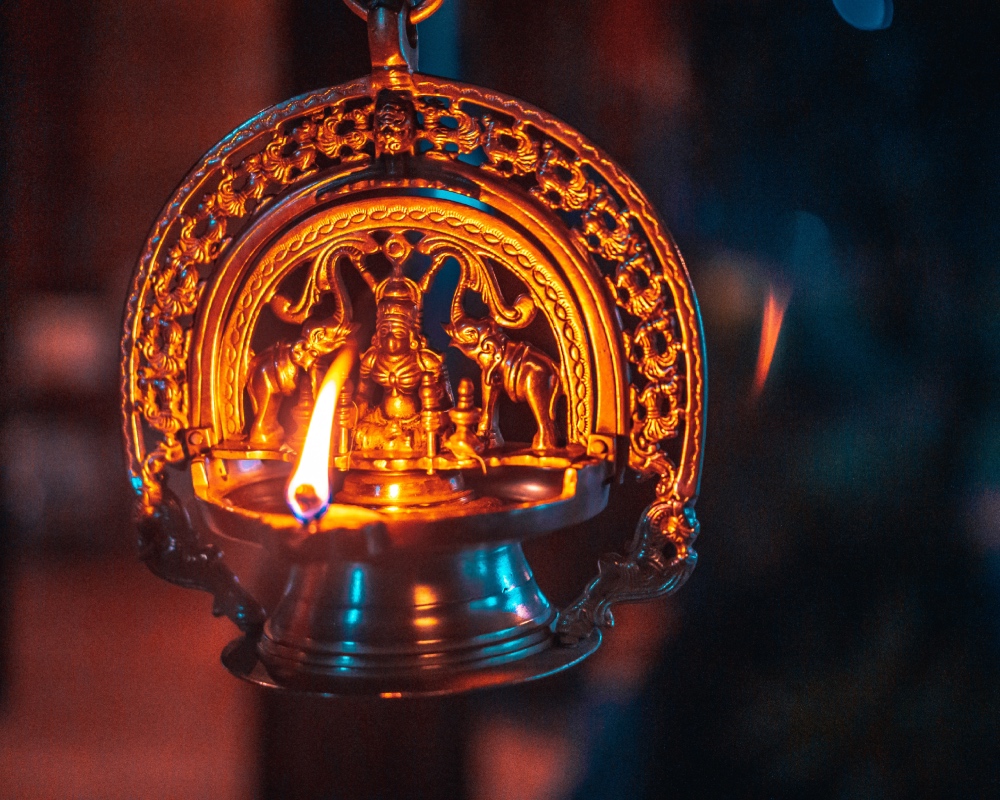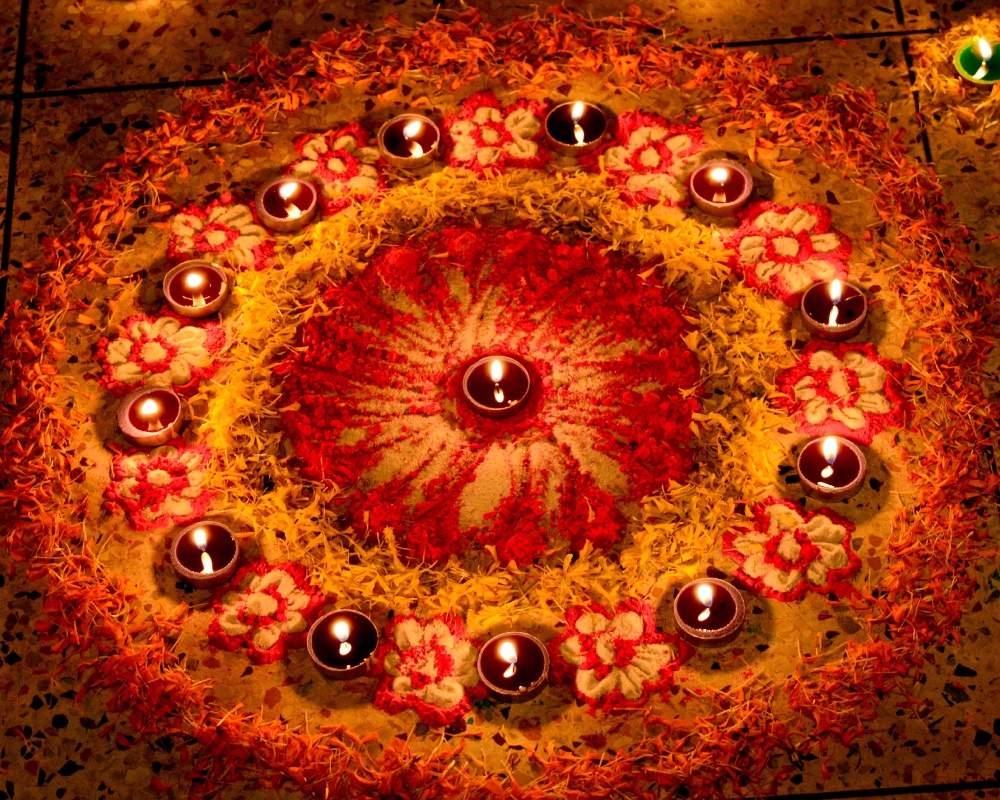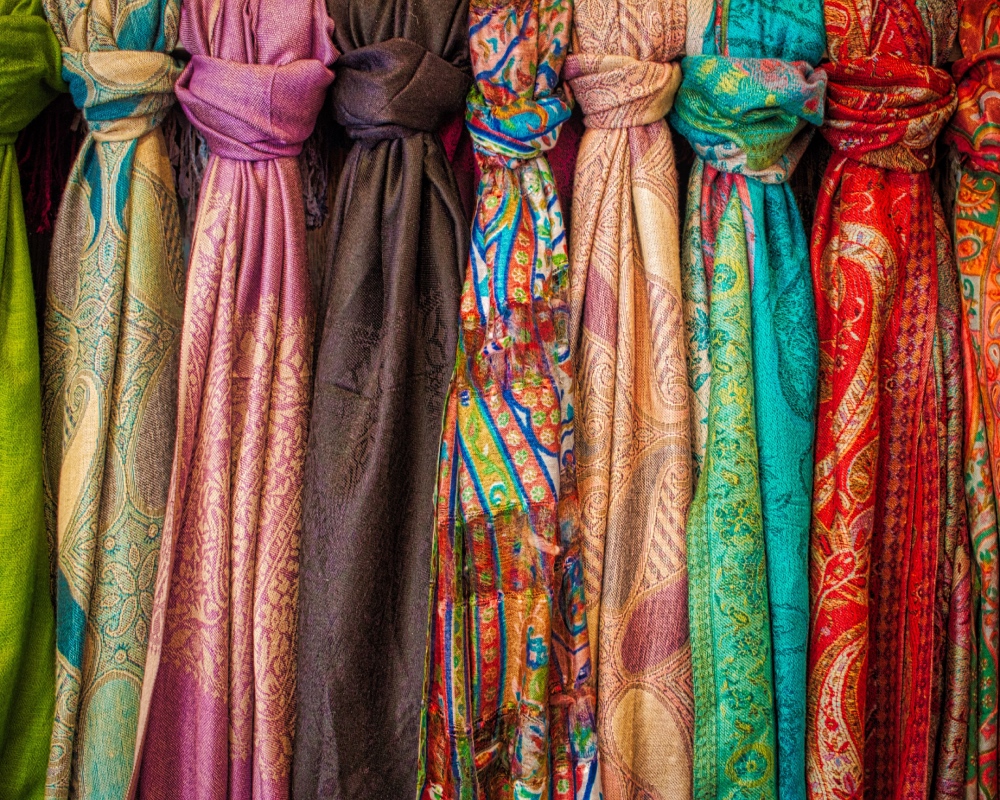Deepavali is one of the world’s most exuberant festivities, illuminating hearts and homes with its splendour. An integral part of India’s expansive milieu, the festival is observed across the nation and its global diaspora and represents a significant affair rooted in ancient traditions.
What’s in the name? Derived from the combination of the Sanskrit words ‘dipa’ meaning lamps that glow and ‘avali’, meaning a continuous line or range, the celebration is fittingly described as the ‘Festival of Lights’. Beyond the decorations and medley of colours and sounds that meet the eyes, Deepavali personifies a gush of fervent hope that carries strength. It has become what we know it to be: a symbol of light amidst spiritual darkness.
The festival takes place each year in early autumn upon the culmination of the summer harvest, in adherence to the Hindu lunisolar calendar. Deepavali commences right before the arrival of the new moon between the Hindu months of Asvina and Kartika – typically viewed in the Gregorian calendar as mid-October to mid-November respectively. The four-day long celebration begins with Naraka Chaturdashi (Deepavali), Lakshmi Puja, which coincides with the new moon on the darkest night of the calendar (amavasya), Bali Padyami and concludes with Yama Dvitiya. The festival is celebrated as Diwali in North India, lasting for five days instead. Each day holds its own significance, with their respective rituals being performed with utmost care.

The Story of Deepavali
Across India, there are various narratives as to how Deepavali came to be, mostly stemming from rich mythology. With that, here is one such tale originating from South India: in the Dvapara Yuga period, Lord Krishna, an avatar of Lord Vishnu, waged a war against the demonic king of Pragjyotishapura, Narakasura. The power-hungry king was known for meting out vicious punishments to any of his subjects who dared question him. He imprisoned 16,000 girls in his palace, whom were all released from captivity upon Krishna’s victory over Narakasura.
As chronicled in the Bhagava Purana, Krishna had thrown his divine discus, the Sudarahana Chakra, finally killing Narakasura after a lengthy battle. The evil king then saw the light in his dying moments, indicating how darkness was lifted as dawn broke on that fateful day – a reiteration of the everlasting mightiness of good.

The Festival: The four days and traditions
Day 1: Naraka Chaturdashi, which falls on the fourteenth day of the Asvina month, marks the day Krishna had slain Narasakura. This day and its rituals are perceived as ways to liberate souls from their sufferings in naraka (‘hell’) whilst acting as a reminder of spiritual auspiciousness. Homes are beautified with flowers, earthen lamps and kolam (Indian folk art made with rice flour, chalk and lentils dyed in a vast colour palette). It is also a popular day to purchase festive Indian mithai (‘sweets’).
Day 2: Lakshmi Puja marks the worship of Goddess Lakshmi at the height of her benevolent mood. Homes are enlivened with many lights, welcoming Lakshmi with wishes for wealth and fortune. On this day, a magnificent display of fireworks are set off and children run around with glowing sparklers in their hands.
Day 3: Bali Padyami indicates the first lunar day of the Kartika month and honours the assumed return of King Mahabali to Earth. On this one day, Bali steps out of the netherworld and rules the earth following a boon by Lord Vishnu. The key element of this day involves the exchange of gifts.
Day 4: Yama Dvitiya concludes the four-day festival, honouring the brother-sister bond. The intertwined legend states that Yama, the Lord of Death, visited his sister, Yami and together they feasted. As Yami put a well-being ‘tilak’ (‘mark on forehead’) on Yama, on this day, brothers swear to protect their sisters, and sisters send prayers for their good health and safety.
Customs, costumes and adornments

In South India, the beginning of the festival is marked with an oil bath before sunrise that is akin to taking a bath in the Ganges River; a river renowned for its sacredness. This custom denotes the cleansing of undesirable traits such as jealousy and ego off oneself. The spiritual significance of Deepavali weaves its way in here for light is paramount in this festival as it is to human life itself. The rising of light in our lives heralds in a new beginning and most importantly, clarity amidst fogginess and confusion.
As the name of the festival aptly suggests, it is all about brightness and sparkles. For this very reason, people don ornate traditional attires: women enjoy intricately designed sarees and lehengas whereas men opt for dhotis and jippas. Ornaments such as statement jewellery pieces and flower garlands (malligai poo) for the hair are also commonly incorporated into traditional attires. The festival also evokes a beautiful sense of creative flair, portrayed through the countless patterns of colourful kolams and arrangements of flowers and lamps.
As the festivities fall into motion, the reverberating sentiment of Deepavali is echoed throughout the ushering in of wisdom and prosperity into homes and lives. The festival of lights is an extravagant celebration of all things good, epitomising the dispelling of darkness and the ever-unparalleled glory of virtue.










